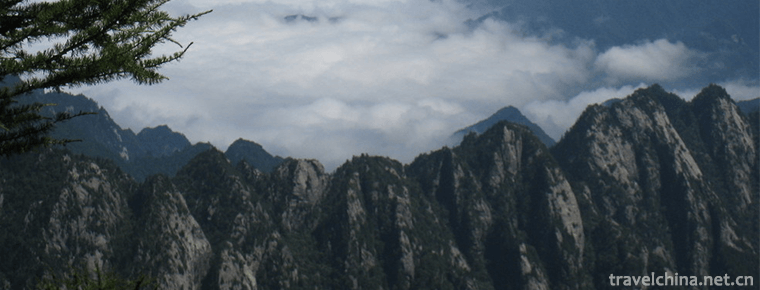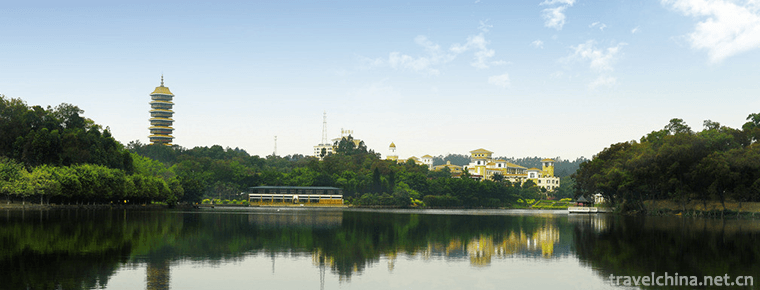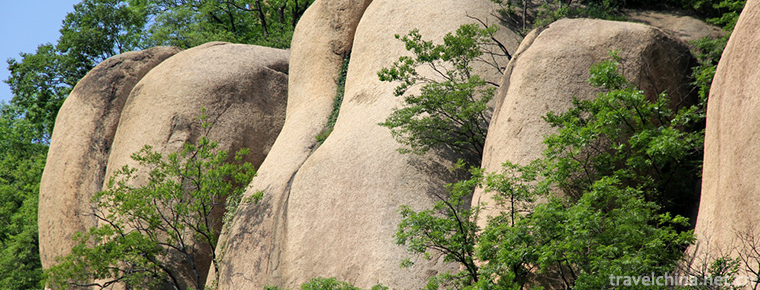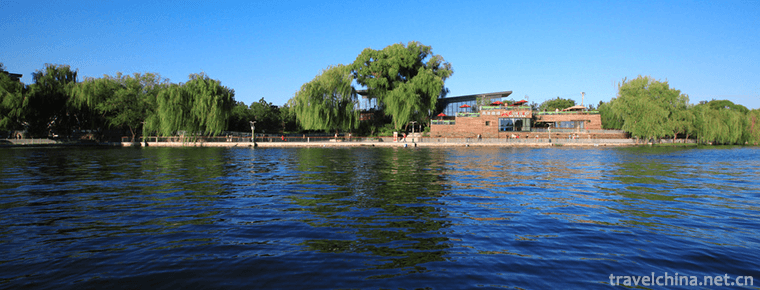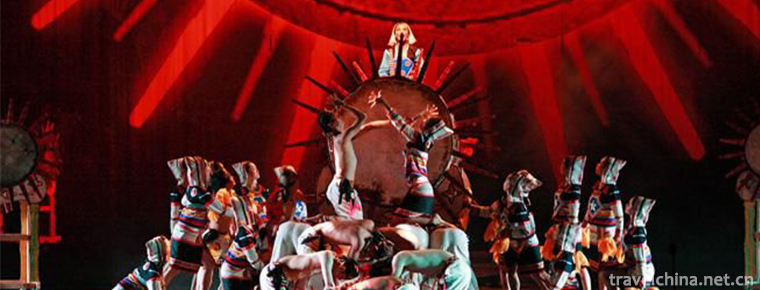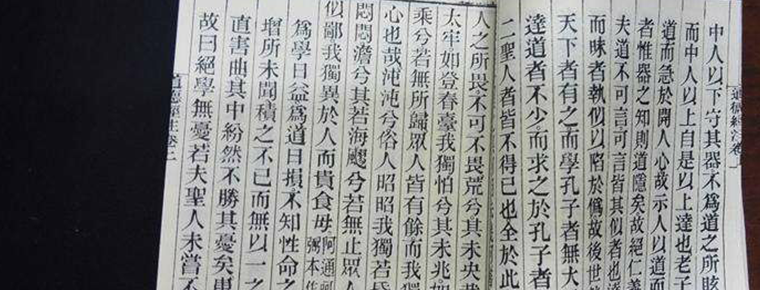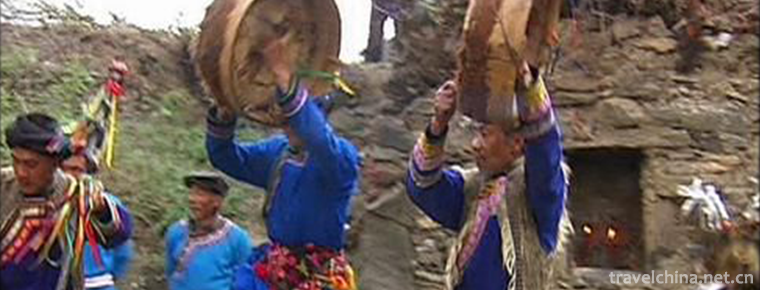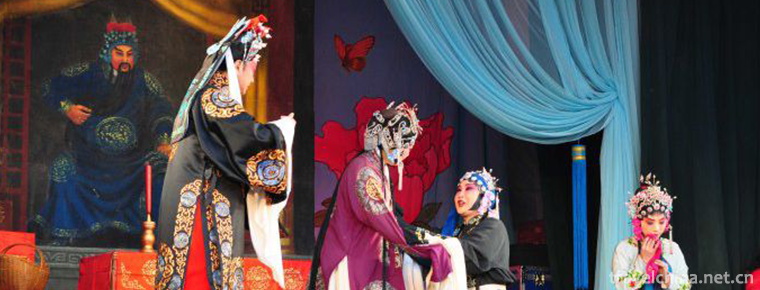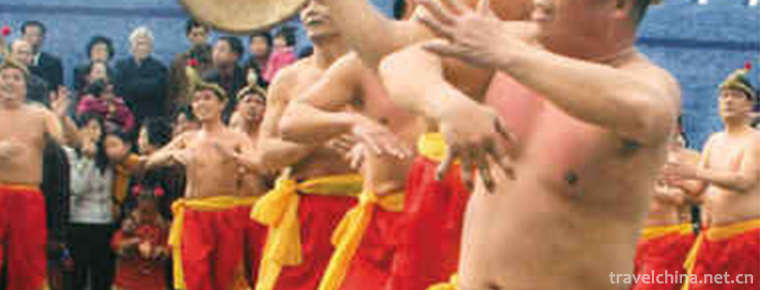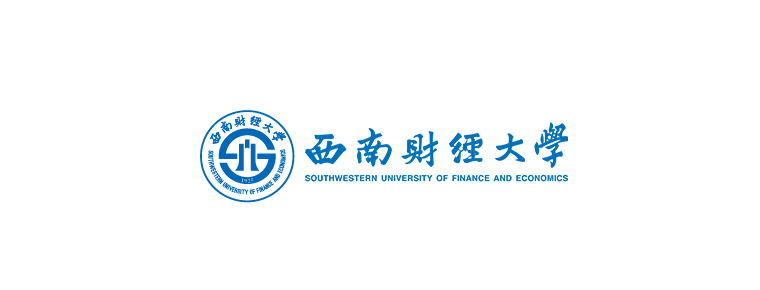Concept of Cheongsam
Concept of Cheongsam
Whether "Qipao" refers specifically to the Qipao in the Republic of China or includes the "Qiren's Robe" or "Qinu's Robe" in the Qing Dynasty. The definition of the concept of Qipao is as controversial as the origin style of Qipao.
As we all know, during the cultural revolution, Qipao was regarded as a symbol of the "four old" and "Feng, Zi, Xiu". The research on cheongsam became a forbidden area in the academic circle. It was only after the reform and opening up that the research on cheongsam gradually increased in the mainland academic circle.
In the early period after the reform and opening up, based on the policy of "the Chinese nation is one family" advocated by the government, and in order to prove that cheongsam has a long history and noble origin, scholars consciously connected the relationship between the cheongsam of the Republic of China and the dress of the Qi people in the Qing Dynasty. "The concept of cheongsam, including the robes of the Qing Dynasty's cheongsam, is not so many, but it is also a school of its own."
For example, there is a note on cheongsam in Cihai: "Qipao was originally used by Manchu women in the Qing Dynasty. There were no slits on both sides, and the sleeves were eight inches to one foot long. The edge of the dress was embroidered with color green. After the revolution of 1911, it was accepted by Han women, and it was improved as follows: straight collar, right oblique lapel, tight waist, length of the garment below the knee, slit on both sides, and small cuff. "
For example, Yu Feng's point of view: "Qipao, as the name implies, refers to the clothes and gowns of women in the Eight Banners before and after Manchu's entry into the pass in the Qing Dynasty, that is, the common clothes of women outside the pass with Manchu and Mongolia as the main body This kind of cheongsam is mainly popular in the north, and most women in the South still follow the customs of the Ming Dynasty, wearing a long upper coat and a long skirt below. "
Another example is yuan jieying's point of view: "the common dress of the bannermen is different from the military uniform, which is generally a robe It has always been a simple straight body as the basic style, known as cheongsam. "Cheongsam was a common dress for men and women in the Qing Dynasty, but it was slightly different in the style of wearing. The official system was different from the civilian in terms of material selection and accessories."
However, the concept of "Qipao" including the "Qiren's Robe" or "Qinu's Robe" in Qing Dynasty has been questioned in academic circles from the very beginning. "In the vast literature of the Qing Dynasty, the word" Qipao "never appeared. In the Qing Dynasty, the Qipao was called" flag dress "or" flag dress "by Qi people, and" Yijie "in Manchu. As a word with special meaning, the word Qipao was first found in Shen Shou's dictation in 1918. Zhang Rui recorded the book "xuehuan xiupu" in which Zhang Rui wrote: "there are three kinds of bandages: Dagang is used to embroider the edge of cheongsam, so it is called biantan". Cheongsam here is used as a specific term to refer to some kind of embroidered clothing
Nowadays, the main viewpoints in the academic circles hold that "cheongsam" refers to the cheongsam of the Republic of China, which developed and formed a relatively stable form during the period of the Republic of China
Zhou Xibao, in his book the history of ancient Chinese costume, thinks: "the robes of Manchu women This kind of robe was very wide at the beginning, and gradually changed into a small waist. Its time was close to the eve of the revolution of 1911. This kind of robe, later evolved into one of the main costumes of Han women, that is, later called cheongsam.
In his book "Chinese cheongsam", Bao Mingxin also made a special elaboration on this issue: "it seems that there is no big mistake to regard cheongsam as the robe of Qiren or the robe of flag women, but there is a suspicion that the meaning of cheongsam is more abundant than that of Qiren or Qinu. In a broad sense, it can be said that cheongsam experienced the development of three periods, namely, the dress of Qi nu in Qing Dynasty, the new cheongsam in the period of the Republic of China and the contemporary fashion cheongsam, among which the new cheongsam in the Republic of China is the most typical and the most important. In a narrow sense, cheongsam is the cheongsam of the Republic of China. Of course, it can also include the cheongsam that basically maintained the characteristics of the cheongsam of the Republic of China after the Republic of China. "
Bian Xiangyang said in his article on the origin of the popularity of cheongsam: "the so-called" cheongsam "refers to the one piece garment attached to the garment At the same time, it must have all or part of the following typical appearance features: the opening or half opening form of the right lapel, the detail arrangement of the stand collar button and the side slit, the plane cutting of the single piece material and the body and sleeve, etc. Although there are views that cheongsam includes the cheongsam of Qing Dynasty and that of women in the Republic of China, the cheongsam in the general sense refers to a kind of women's dress style after the Republic of China in the 20th century. "
There were also many discussions on the concept of "cheongsam" in magazines during the period of the Republic of China. For example, the author named Chang Yan wrote in 1937 "the evolution of women's cheongsam in the past 15 years" in modern family magazine: "what is cheongsam? It can be said that it is a new product adapted to the changes of Chinese women in the new era after the Republic of China era. It can also be said that Chinese women imitated the flag of Qing Dynasty before It's a garment that has been altered in the style of a woman's dress. "

Concept of Cheongsam
-
Twicecooked pork slices
Twice cooked pork is a traditional dish of Sichuan
Views: 219 Time 2018-10-12 -
Taibai Mountain National Forest Park
Taibai Mountain, National AAAAA Tourist Scenic Area, National Forest Park, National Water Conservancy Scenic Area, Ten National Sports Tourism Scenic Spots, Ten Best Holiday Areas of "Beautiful C
Views: 208 Time 2018-12-12 -
sanshui forest park
Sanshui Forest Park is located in the north suburb of the southwest town of Sanshui District, Foshan City, Guangdong Province.
Views: 177 Time 2018-12-18 -
Chaya Mountain Scenic Spot
Views: 208 Time 2019-01-04 -
Lake Yanxi
Yanqi Lake: located at the foot of Yanshan Mountain 8 kilometers north of Huairou City, a suburb of Beijing, is a land and water area centered on the lake surface
Views: 201 Time 2019-03-02 -
Gino Encouragement
Great encouragement, traditional dance in Jinghong City, Yunnan Province, is one of the national intangible cultural heritage.
Views: 290 Time 2019-05-05 -
Jinling Classic Carving and Printing Techniques
Jinling classical engraving and printing technology, local traditional handicraft in Nanjing, Jiangsu Province, is one of the national intangible cultural heritage.
Views: 294 Time 2019-05-06 -
Qiang sheepskin drum
Sheepskin drum dance, known as "Monasha", "Moldasha" or "Buzila" in Qiang language, is a kind of sacrificial dance performed by "Shibi" in legal activities, als
Views: 205 Time 2019-06-10 -
Qu Opera
Opera is one of the traditional operas mainly spread in Henan Province. It was also called "Gaotai Opera" or "Quzi Opera" in the old days. Quju is popular in Henan Province and its
Views: 103 Time 2019-06-11 -
Quanzhou breast clapping dance
Breast-clapping dance, also known as chest-clapping, seven beats, flower-clapping and beggar dance, is a traditional dance originating in Quanzhou, Fujian Province. It is widely spread in Quanzhou cou
Views: 180 Time 2019-06-11 -
Southwest University of Finance and Economics
Southwest University of Finance and Economics is a national key university under the Ministry of Education's "211 Project" and "985 Project" dominant disciplines innovation platfor
Views: 171 Time 2019-08-31 -
Neijiang climate
Neijiang City belongs to subtropical humid monsoon climate. Affected by the basin and the natural environment, it has the characteristics of mild climate, abundant rainfall, sufficient light and heat, and long frost free period. It is warm in winter and hot in summer,
Views: 311 Time 2020-12-16

